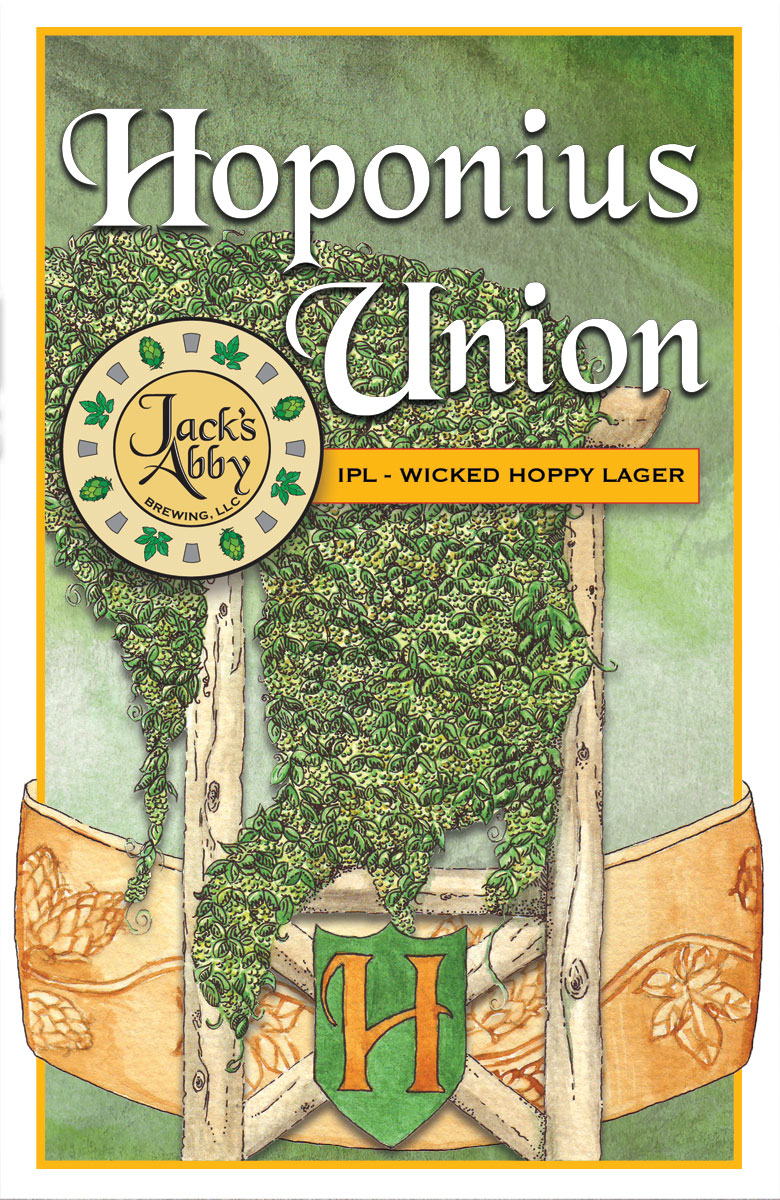The rising marginal cost of alcoholic originality
I owe the term "rising marginal cost of originality" to the economist and fantasy writer David Friedman, at his Ideas blog. In the post I've linked to, he explains why, in intensively researched fields "anything new is quite likely to be either uninteresting or wrong". He says he usually cites city planning or architecture as examples.
But it's everywhere. I can't imagine being an academic right now, particularly in the humanities. The only things you can say about Jane Austen, or Saxon rood screens, or a Mozart quartet have either been said before, or shouldn't be said. But you need to research, you need to publish, you need to get tenure. Sometimes, I presume, something actually interesting and fruitful comes to light. But the odds are against it.
You see this a lot in cocktails. Most good cocktails are three ingredients: base liquor, secondary flavor (juice, vermouth, whatever), and something like bitters. But the number of three-element combinations is limited, and most, over the past century or two of sophisticated drink pounding, have either become established, or rejected as unpleasant.
So what is an adventurous bartender to do? Either create or uncover some new flavor (the unfortunate prevalence of drinks made with elderflower is a result of such), or create drinks of flabbergasting complexity, with at least half a dozen ingredients, many of them infusions of yet other flavors.
Sometimes they uncover a new peak in the fitness landscape of alcoholic flavors. More often, they find themselves in some mediocre area, neither high nor low. A Negroni is a local maximum. Gin, Campari, sweet vermouth. Move too far away from that, and you've reduced the drink's value. Ditto a Manhattan (whiskey (often rye), sweet vermouth, bitters).
OK, so I sometimes like both of these perfect (half and half sweet and dry vermouth--so sue me). But monkeying with them any more benefits no one save the person hired to write the drink description in the menu. What is important for a good drink is clarity and precision, as well a good glassware, fresh peels and house-macerated cherries, and a snappy line of patter. Not more ingredients.
In his post, Friedman suggests exploring extensively--using your skills in some area that people have overlooked. In economics, his subject, it's clearly the coming thing, as the success of Freakonomics shows.
In bartending, I'm not so sure.
 If you must know, this post was composed while drinking, not a cocktail, but Hoponius Union, an IPA-hopped lager from Jack's Abby, from nearby Framingham. A great beer, if you haven't tried it. There is still a lot of room of intensive exploration in the art of getting sozzled.
If you must know, this post was composed while drinking, not a cocktail, but Hoponius Union, an IPA-hopped lager from Jack's Abby, from nearby Framingham. A great beer, if you haven't tried it. There is still a lot of room of intensive exploration in the art of getting sozzled.
Thank goodness.